Foxtail Millet
The Foxtail Millet (Setaria italica) is an annual grass with a lifespan of 22 months and typically grows in a variety of environments. Navane or Foxtail millet is gluten free grain. Commonly found in each of these regions is a widespread distribution of this plant. It was first introduced into the United States sometime between the 19th and 20th centuries, and has since become widespread across most of the continental United States, making it ideal for consumption as food.
[lwptoc]
The Foxtail_Millet has been primarily employed as a food source for humans and livestock, because it can flourish easily in places where most crops simply cannot. Consumer preferences have recently driven greater production of this crop, primarily as a filler grain to extend more expensive varieties of food. Moreover, animal feed includes Foxtail_Millet, which effectively increases its demand within agricultural systems.
Foxtail_millet is small-seeded cereal grain. Pearl millet grains are large, generally white to golden yellow in color, and round to oval in shape. Foxtail_millet is not well suited for the northern Corn Belt or areas with heavy or late spring frosts. However, it is becoming increasingly popular as a cover crop in combination with soybeans and maize.
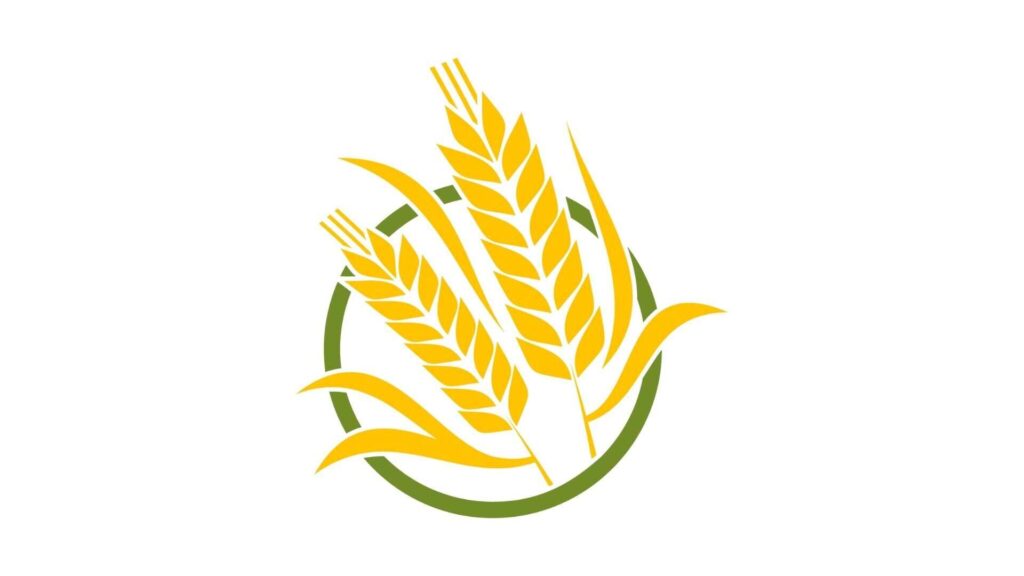
Foxtail Millet Lemon Rice
This new recipe for millet lemon rice will bring a zest to your dinner table. It has all the nutrition and health benefits of millet with the tangy flavor of lemon. No garlic and chili here, just light seasoning helps enhance the flavor of millet. This unique recipe is a great accompaniment to fish dishes and seafood. Serve hot with yogurt or raita for a delectable meal.
A healthy, flavorful side dish made from ancient strains of rice that are popular in parts of Asia. The rice has a slight crunch, and aromatic, grassy flavor that is complemented by the sweet tartness of grated lemon zest and juice. This variety of millet is high in protein, vitamins and minerals, and offers a nice change to the standard rice pilaf or cous cous you might have with your entrée.
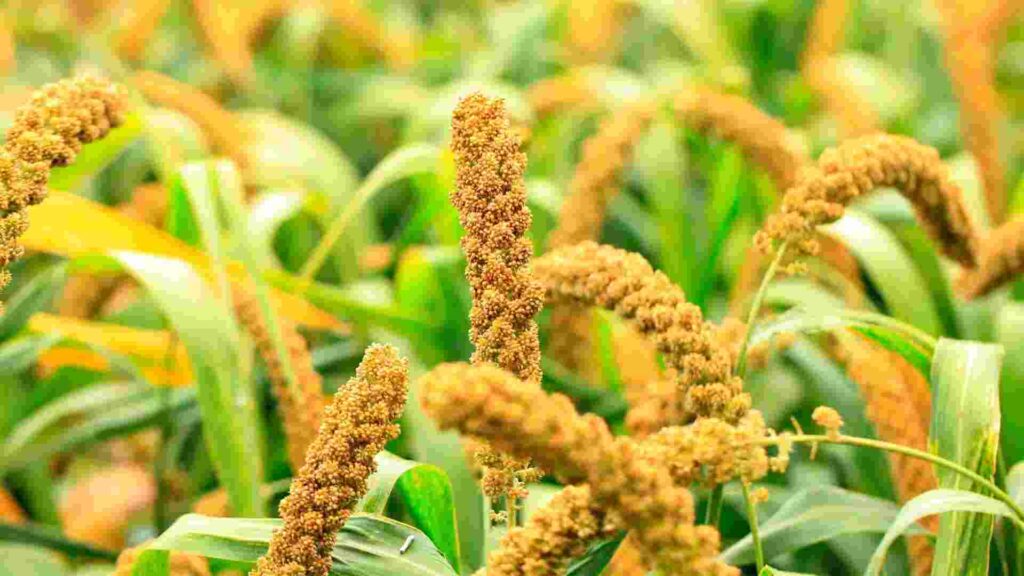
Wild Foxtail Millet
Wild foxtail-millet ( Setaria viridis ) is an annual grass native to Africa, Asia, and Europe. It forms dense stands which dominate the landscape just as much as oats and wild rye do in their areas. It is rich in calcium, very high fiber, beneficial to preventing diabetes and improving blood circulation. By the way, foxtail-millet can be used as soda powder or beer ingredient.
This research paper assesses the current threat of an invasive plant to native wetland landscapes in North Dakota. Written from a perspective of how to prevent, minimize, and control the spread of wild foxtail-millet in North Dakota.
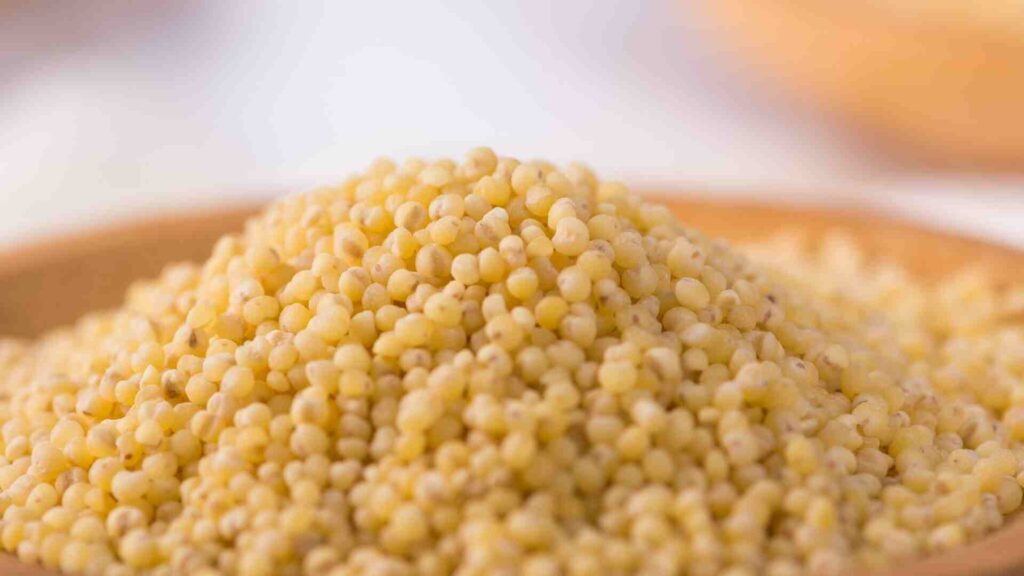
Health Benefits of Foxtail Millet
Foxtail-millet, a lesser-known grain, has many health benefits including high fiber content, Omega 3 and 6 fatty acids, plus vitamin B1, B2 and B6. Some of the health benefits are associated with its ability to prevent cancer, unblock arteries and regulate blood sugar.
What is Indian name for foxtail millet?
In North India, the foxtail-millet is commonly known as Barnyard Millet or Little Millet. However across India, it is generally referred to as Ragi or Maddi. The Indian name derives from the word ‘raj’ which means King, and in some places they are even referred to as Raj grains.
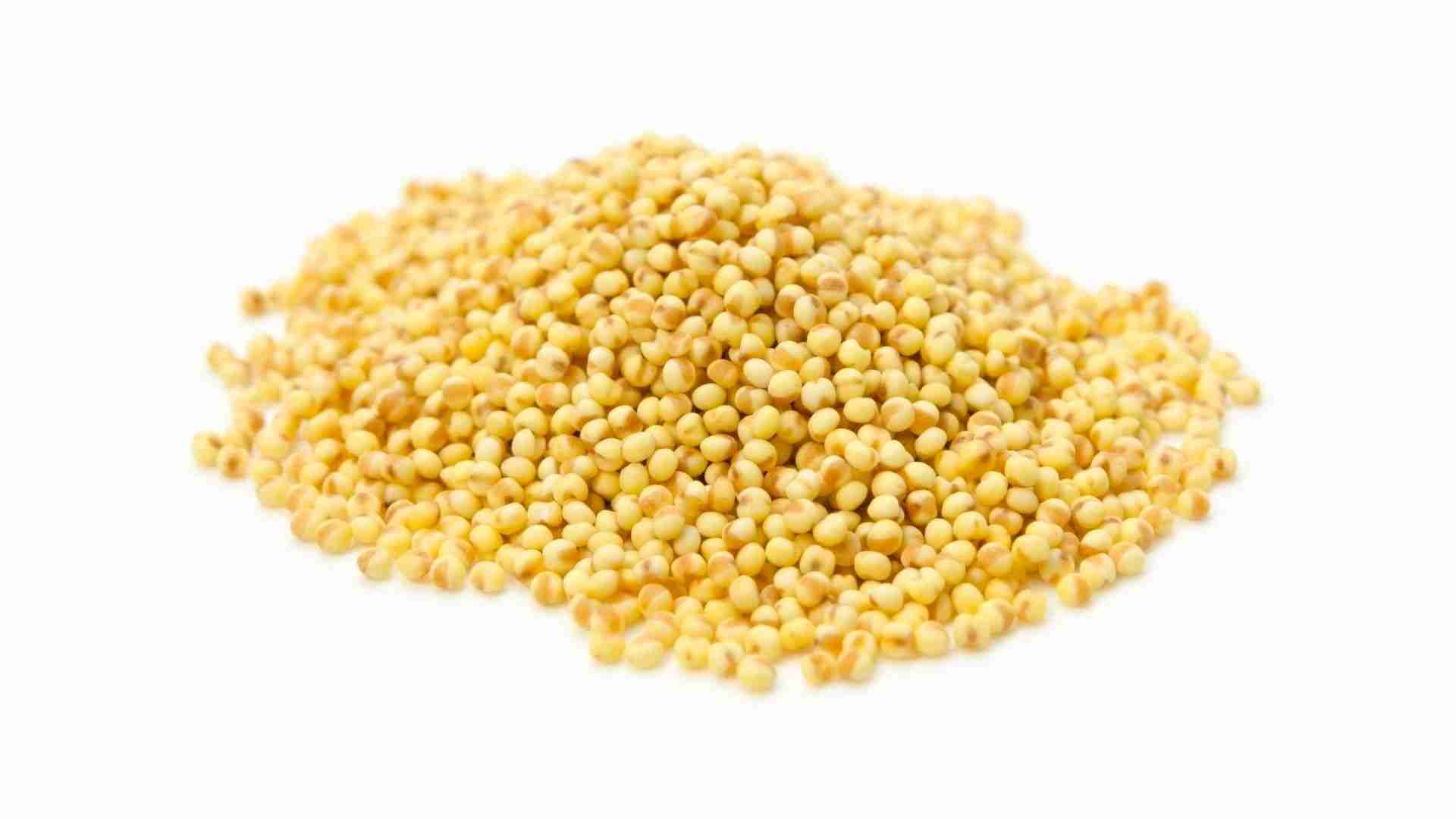
Can you eat foxtail millet?
Foxtail-millet is categorized among the grass-like plants, and has been used in food and medicine for as long as 6,000 years. It can be eaten directly by itself or boiled into porridge, or ground into flour and polished to make buckwheat noodles. Foxtail-millet is rich in protein and can help you maintain a healthy diet while controlling obesity.
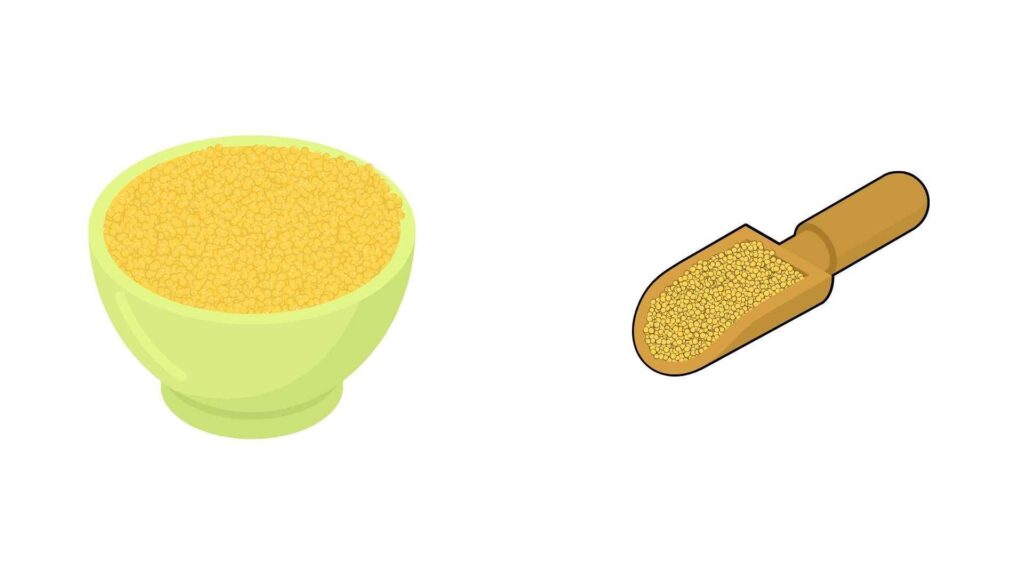
Is foxtail millet better than rice?
Yes, it is. Foxtail-millet nutrition is about 6 times more than rice. It also takes care of all your nutritional needs, as it contains a perfect balance of proteins, carbohydrates, fats and minerals.
Foxtail Millet Nutrition
Foxtail-Millet is the smallest species of millets and grows in tropical regions. It is also known as Hungarian Millet or Ragi as it is a staple food in India. The millet grain has small soft seeds that can be white, red brown or black. There are several varieties of this healthy grain, but some types have husk that ties in a knot similar to fox tails. It is considered to be an alternative and healthy food item as it contains all essential amino acids, protein, vitamins and minerals.
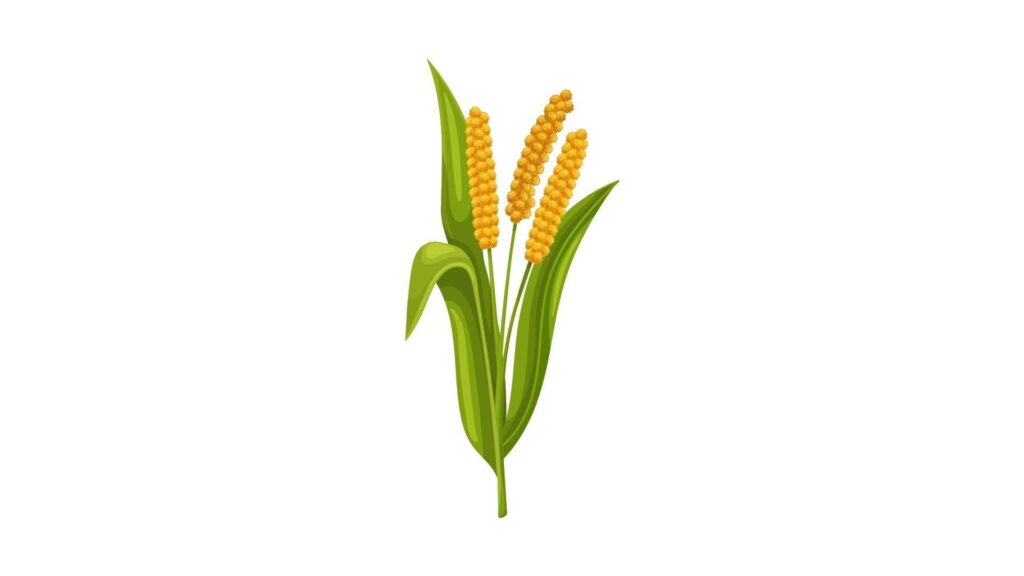
Foxtail-millet is an ancient seed. and is known to be one of the super grains for its nutritional and medicinal properties. Foxtail-millet, a powerhouse of nutrition, has an amazing dietary fibre content and can help you fight constipation, maintain a healthy digestive system, aid in weight loss and prevent cancer.
Foxtail_Millet is blessed with iron, copper, zinc and manganese and thus they form an anti-oxidant system that prevents free radical damage. They also provide dietary fibres which are required for healthy digestion.
Foxtail Millet Pulao Recipe
Today we’ll show you how to make a super nutritious and tasty foxtail_millet pulao, which is a quick and easy weeknight meal. It can also be made on weekends and eaten for lunch the next day! Here’s what you need to do: Soak the millets for about 1 hour in warm water. Chop the veggies. Heat oil in a pan, add the dry spices and fry till they crackle. Add grated ginger or ginger garlic paste and fry till the raw smell goes off. Add the veggies and mint. Add water and salt. Towards the end, add the drained soaked millet too.
An alternative to rice and other starches, foxtail_millet can be prepared in a variety of ways. The millet is extremely easy to digest and also very high in protein, making it suitable for hospital diets. Foxtail_millet has a low glycemic index, which will help you manage your blood sugar levels, and is favoured for its nutritious value.
Foxtail Millet Dosa
Foxtail_Millet Dosa is a quick and healthy recipe for breakfast, lunch or even dinner. The millet flour give an amazing taste to the dosa and will serve as a good substitute for the ragi, finger millet or any other millet flour.
Consisting entirely of grated ingredients, foxtail_millet dosas are unique in their preparation. Unlike the more commonly seen varieties that are made with fermented batter, foxtail_millet dosas are prepared by combining grated ingredients in a ratio one part foxtail_millet flour to 3 parts water (some recipes recommend as little as 1:3). The ingredients are then kneaded until they form a smooth and soft dough. This is then spread out on a shallow tava (griddle), and cooked until dry and crisp. Foxtail_Millet Dosas have a slightly sweet taste and an interesting crunchy texture due to their thinness. There are several breakfast dishes that use foxtail_millet dosas such as the Ande kaapadu (potato curry) dosa or Pesarattu oota oota(pigeon pea urad dal vadas).
A unique dosa that is a result of a perfect blend of millet & foxtail. When cooked it becomes crisp & unlocks the delicate flavours of foxtail_millet. Its subtle, yet appealing flavour makes it an instant hit in your lunch menu.
